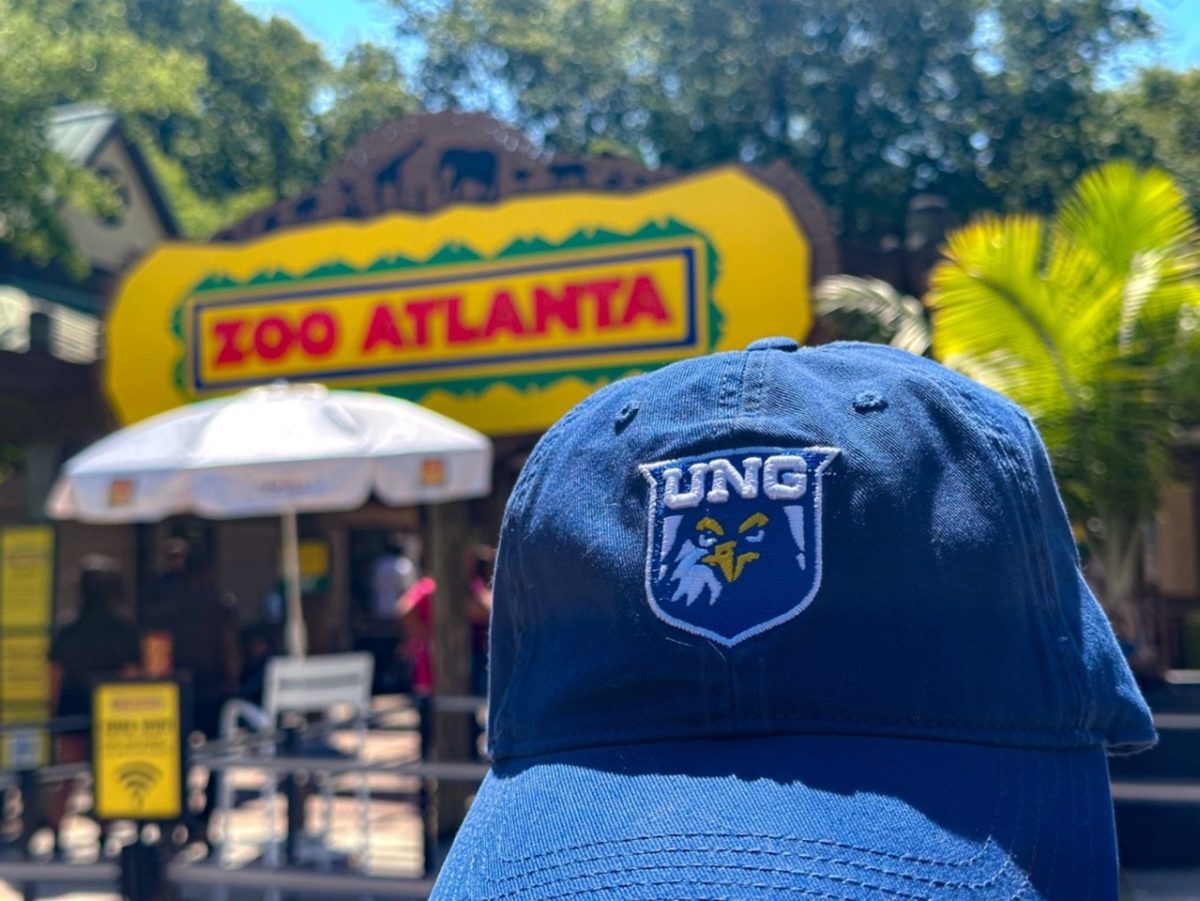Work is bustling on the Blue Ridge Connector, heralded as one of Hall County’s most significant economic ventures in recent memory.
The Northeast Georgia Inland Port is slated to offer a direct 324-mile intermodal freight rail service, bridging the Port of Savannah to the Gateway Industrial Centre north of Gainesville. This ambitious undertaking was funded by a recent $46 million grant from the U.S. Department of Transportation. The inland port promises to be a game-changer for regional economies, streamlining transportation and fostering economic growth.
Scheduled to commence operations in 2026, the connector aims to seamlessly integrate rail and road transport, facilitating the efficient movement of goods from the Norfolk Southern rail line to Atlanta and beyond via Ga. 365.
According to Wesley Barrell, the general manager of inland operations for the Georgia Ports Authority (GPA), the current phase primarily focuses on land clearance and preparation. Despite encountering one of the wettest winters in Gainesville’s history, Barrell notes that weather conditions have not impeded progress.
“The county has not yet defined a timeframe, but as we progress through these milestones, the community will be able to see some of the enhancements to the terminal’s entry.” – Wesley Barrell, GPA General Manager of Inland Operations
In 2021, the Gainesville and Hall County Development Authority greenlit the acquisition of approximately 3.2 acres of land crucial for the project’s expansion. This land, situated at the intersection of White Sulphur Road and Hillcrest Drive, is earmarked as an additional entrance to the inland port, streamlining logistics.
Tread Syfan, legal counsel for the Gainesville and Hall County Development Authority, emphasizes the meticulous planning involved in securing the necessary land parcels for GPA’s infrastructure needs.
“We sold the large tract for the inland port in 2018, but GPA’s engineers designed a new access road, so they needed this additional property to situate their entrance to the inland port complex.” – Tread Syfan, legal counsel for the Gainesville and Hall County Development Authority
Phil Wilheit, chairman of the development authority, underscores the pivotal role federal funding played in expediting the project. “The successful navigation of the National Environmental Policy Act (NEPA) permit process marks a significant step forward, paving the way for imminent construction commencement,” he says.
Some Gainesville natives are opposed to the inland port development. Sharon McDonald, who lives north of downtown Gainesville close to Thompson Bridge Road, said that traffic was what concerned her most.
“There’s too much activity already in my front yard,” she said.
As stakeholders anticipate the completion of this transformative infrastructure, the Blue Ridge Connector stands poised to reshape the economic landscape of Hall County and beyond.
























